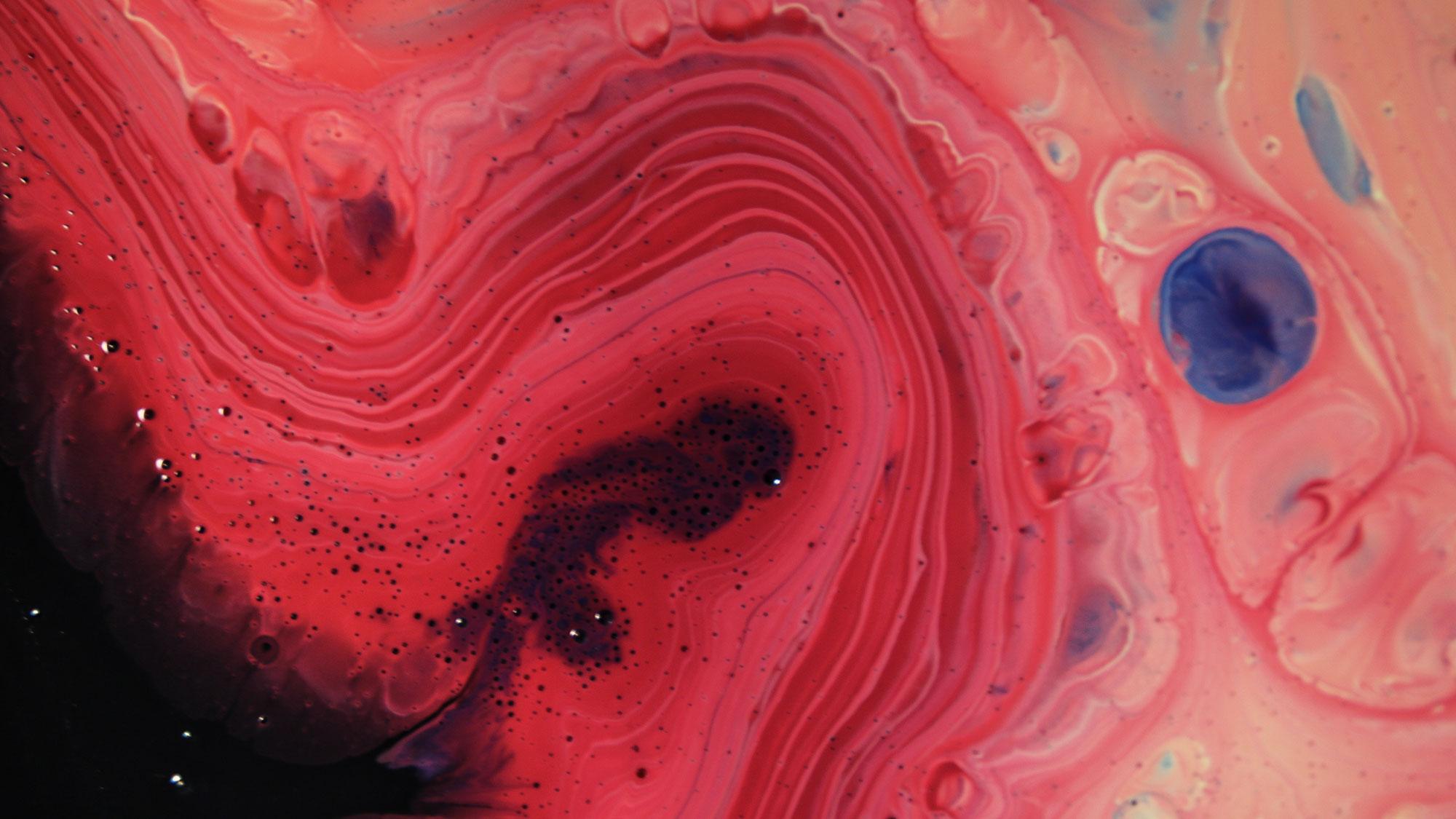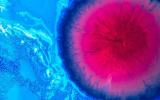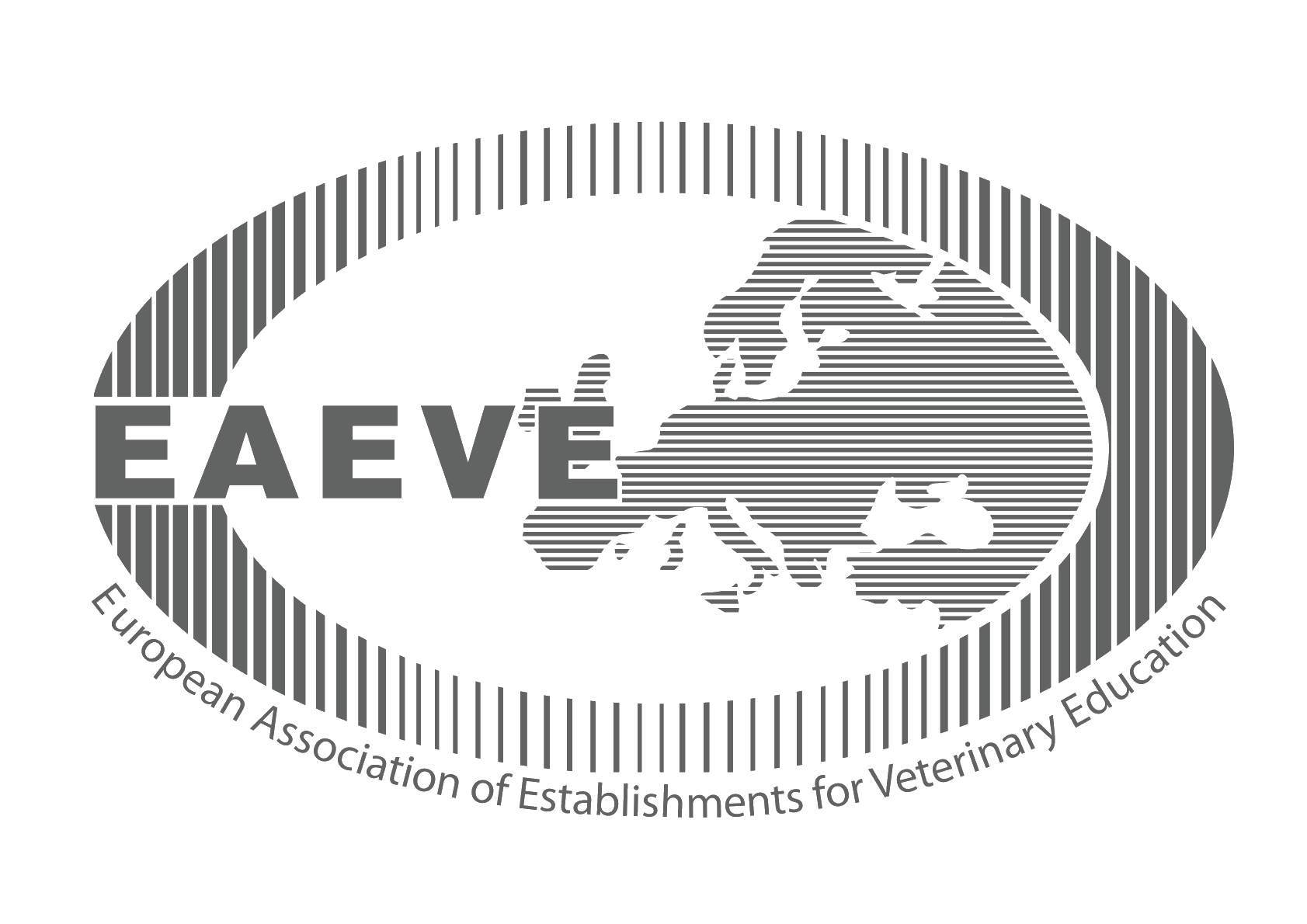J3 - 8202

Time-lapse intra-vital imaging of immune response after electrochemotherapy induced in situ vaccination and interleukin-12 gene therapy boost

General Data
Member of UL: Veterinary Faculty
Name of the leading partner: UL Medicine Faculty (Institute for Oncology Ljubljana))
Status: partner
Project code/ Projet No.: J3 - 8202
Project Title: Time-lapse intra-vital imaging of immune response after electrochemotherapy induced in situ vaccination and interleukin-12 gene therapy boost
Project period: 1.5.2017 – 30.4.2020
Yearly sum of FTE: 0,28
Leader: Professor Robert Frangež
Scientific field: Oncology
Partners:
Project description
Nowadays, one of the trends in cancer therapy is the use different local ablative techniques as in situ vaccines. Namely, these therapies can cause the release of tumor antigens together with danger signals, which can result in the formation of an endogenous antitumor immune response. Recently, we proposed a model how electrochemotherapy (ECT), which is a form of local ablative therapy, could be used as in situ vaccine in combination with interleukin 12 (IL-12) gene electrotransfer (GET) to boost the primed immune response against tumor antigens released from the therapy killed tumor cells (Sersa et al., 2015). The viability of the combined approach was demonstrated in a clinical trial on client-owned dogs (Cemazar et al., 2016), however the exact mechanisms of the clinically observed antitumor effectiveness at the level of immune cells involvement has not been elucidated. Our aim in the granted project will be to follow the immune response after both therapies and their combination using intra-vital real-time imaging and correlate it to the local and systemic inhibition of tumor growth in the mouse tumor models. First, ECT and IL-12 GET and their combination, will be evaluated for therapeutic effectiveness using standard phenomenological models for local and systemic inhibition of tumor growth. Next, using intra-vital confocal microscopy and fluorescent markers, cell deaths after ECT and expression after GET will be mapped in real-time, which will provide better understanding of antitumor mechanism of both approaches. Finally, immunological events occurring at the tumor site and in the skin surrounding the tumor and also in the draining lymph nodes after ECT induced in situ vaccination and IL-12 GET boost will be imaged, which will help to explain the mechanisms of antitumor effectiveness and will provide the basis for the fine tuning of the combined treatment approaches.
Structure of the project group
Location
Gerbičeva 60
SI-1000 Ljubljana
Slovenija
Sample Reception
Samples are received at several locations throughout Slovenia. See where.
The veterinarian on duty
Emergency veterinary assistance for dogs and cats and a telephone number of constant readiness.
Library
A wide selection of domestic and foreign professional literature in the field of veterinary medicine and other sciences.
Main navigation
-
Education
- Informativni dan
- Why to become a veterinarian?
- Undergraduate Studies
- Postgraduate studies
- Pripravništvo
- Summer Schools
- Continuous education
- Professional Development
- International Activity
- Mednarodna dejavnost - Tuji študentje
- The Path to Creative Knowledge
- Tutoring
- Extracurricular Activities
- Career Centres
- Alumni
- Student organizations and societies
- Quality Assurance
- Clinics
- Diagnostics
- Dobrobit
- NVI
- Research
- About us
- Hub



